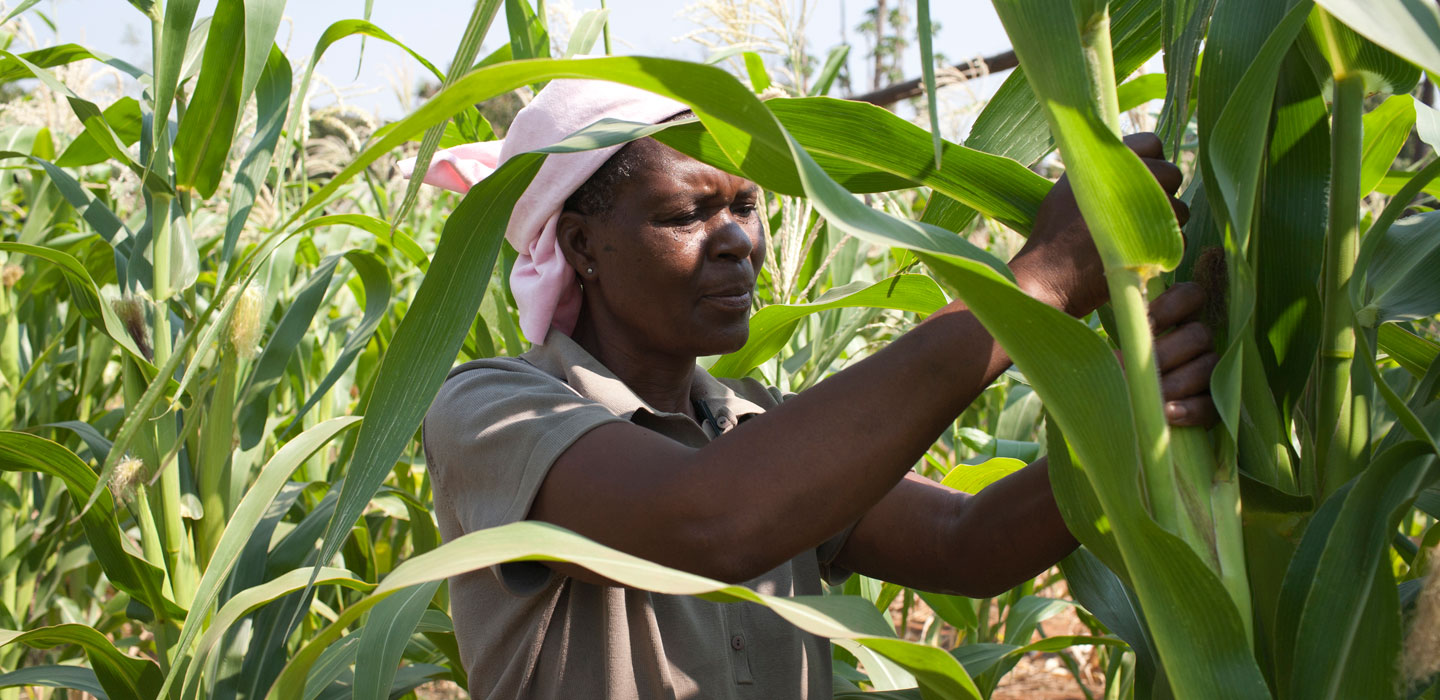Agricultural programmes are key to food security and dietary diversity
IFAD Asset Request Portlet
Asset Publisher
Agricultural programmes are key to food security and dietary diversity
Estimated reading time: 2 minutes
Despite producing one third of the world's food, small-scale farmers are among those most affected by food insecurity and low dietary diversity. This is especially true in Zambia, where almost one third of the population faces chronic hunger and more than two thirds don't have frequent access to food. But it needn’t be this way.
Rural households consume a significant portion of what they produce. Improving farming techniques, market access, infrastructure and resilience to climate shocks not only combats hunger and malnutrition but also helps farmers produce more food which they can then sell to earn an income.
The IFAD-supported Smallholder Productivity Promotion Programme (S3P) in Zambia helped over 60,000 small-scale farmers do just that.
With higher quality seeds and training in sustainable agriculture practices, like crop diversification and rotation, productivity, market participation and revenues all increased.
Food security and diets
But what was the programme's impact on the diets and food security of the communities it worked with? To find out, we focused on three outcome indicators:
- Dietary diversity and food frequency of households using the Food Consumption Score.
- The number of food groups that a household has consumed over the preceding 24 hours.
- The number of months a household could acquire sufficient, high-quality food to meet all household members’ nutritional requirements.
The outcomes of S3P households were higher than those of non-participating households – by 4 per cent, 3 per cent and 5 per cent respectively. Crop diversification, high levels of market integration and processing of crops are associated to higher food security and a diverse diet.
What is next?
Although our findings are promising, the programme’s impact on food security and dietary diversity could be improved. Achieving structural changes in food security and dietary diversity requires behavioural change, including:
- Promoting more nutritious choices, such as our nutrition-sensitive projects that incorporate interventions designed to improve diets and other nutrition outcomes.
- Using training, role-modeling and communication to promote healthy and diversified diets. For example, in farmer nutrition schools people learn about healthy diets and pass on their knowledge to others.
- Promoting the production of nutritious crops and livestock products in addition to cereals and starchy staples to increase the availability of nutritious foods in markets and at home.